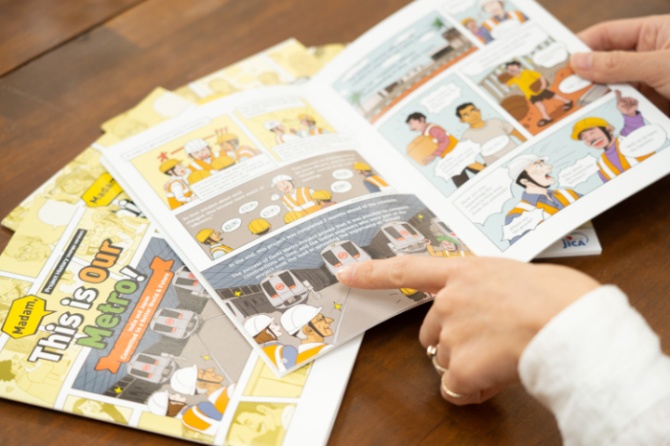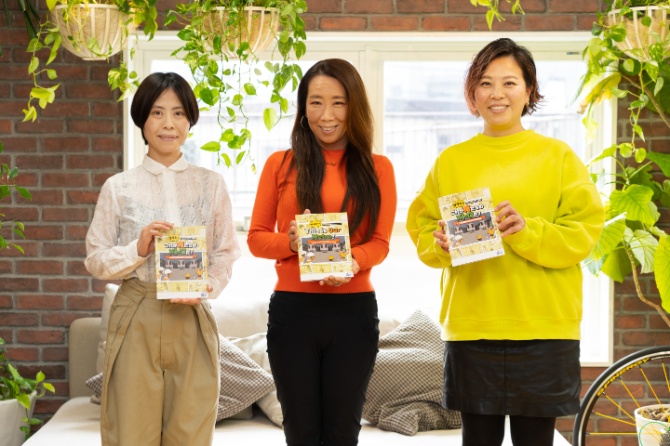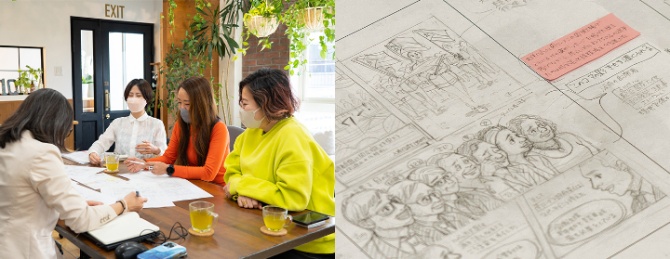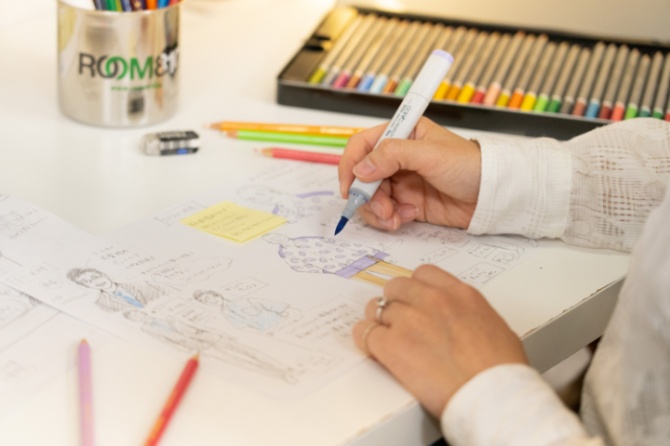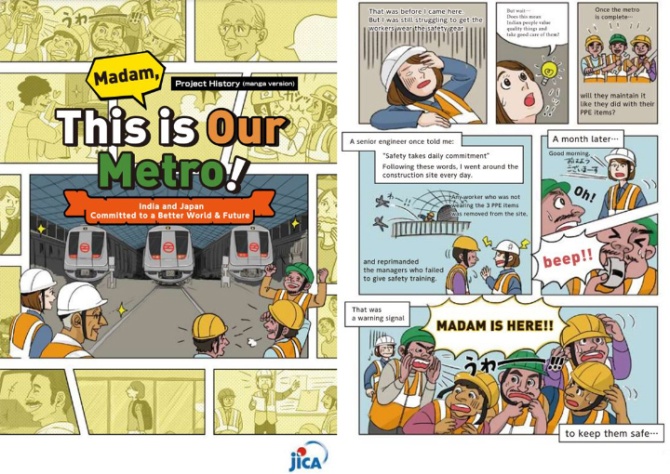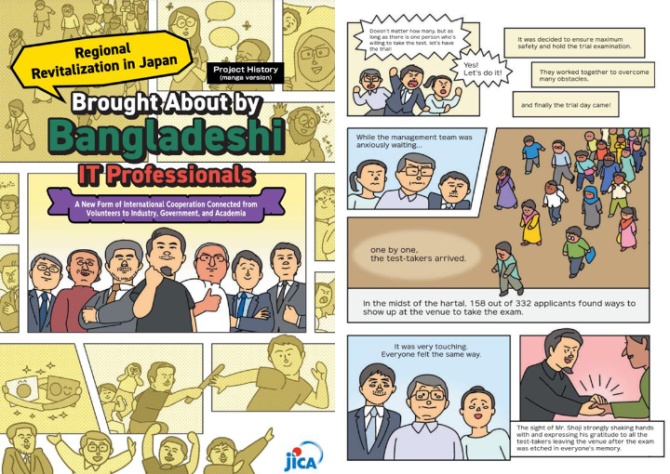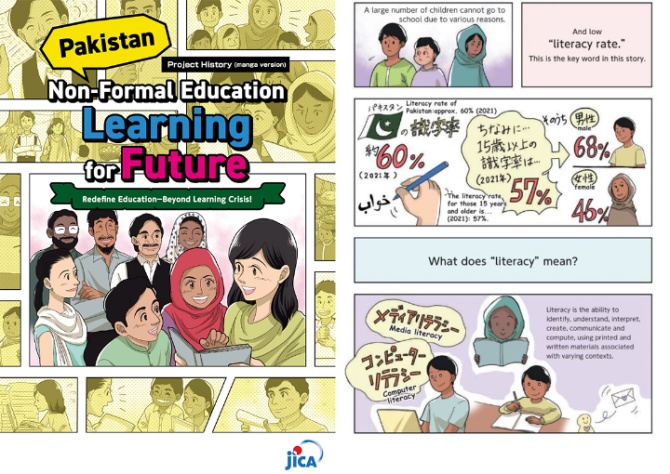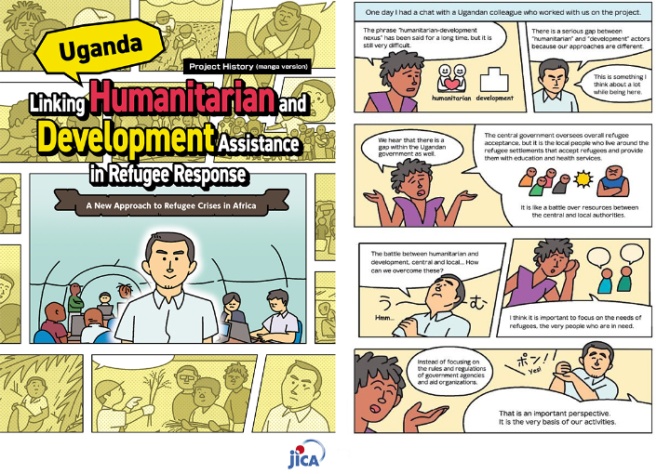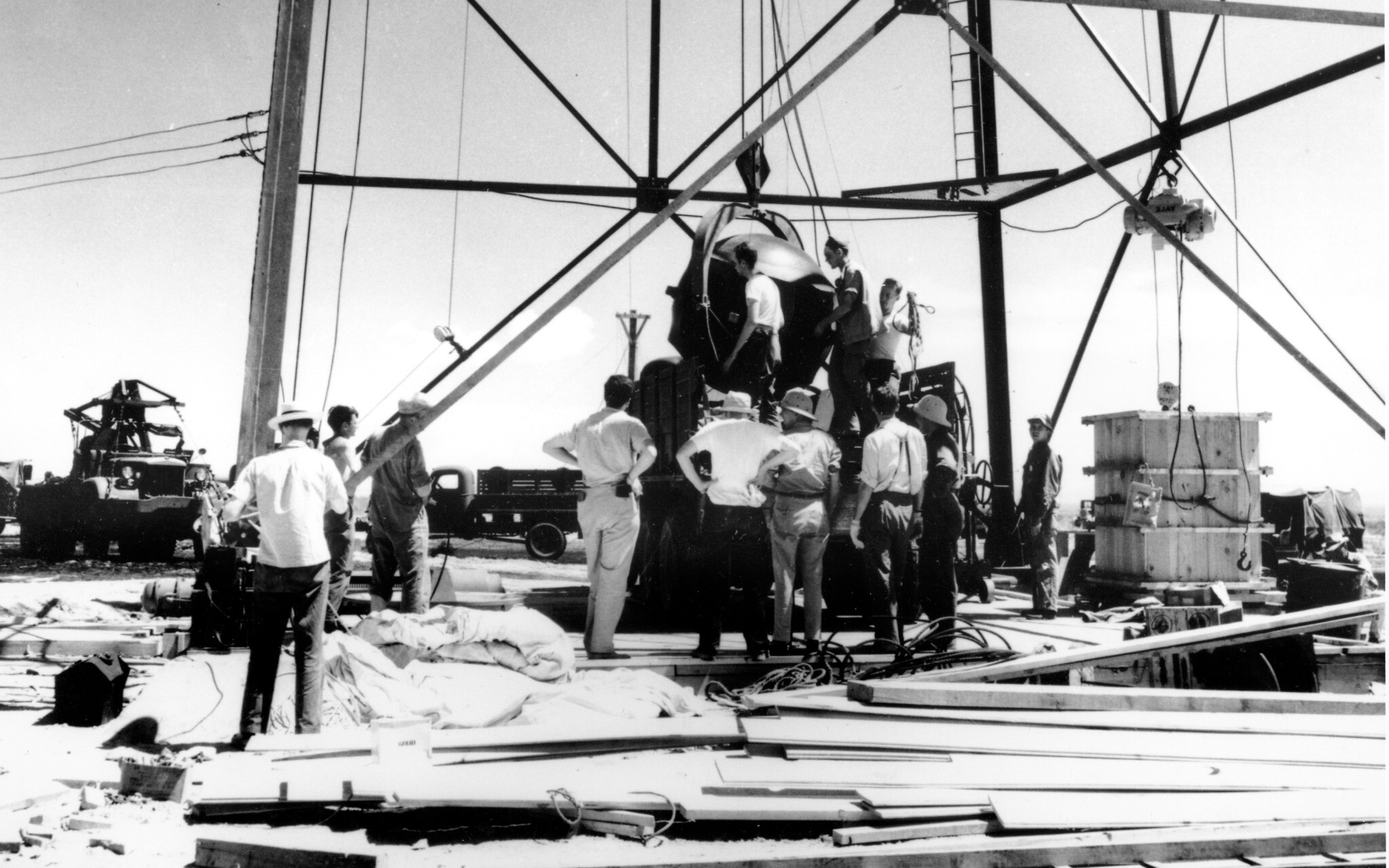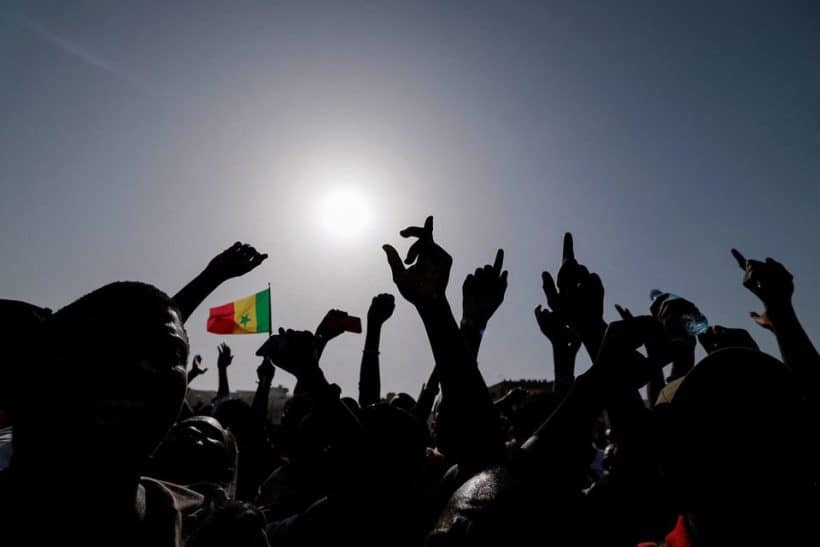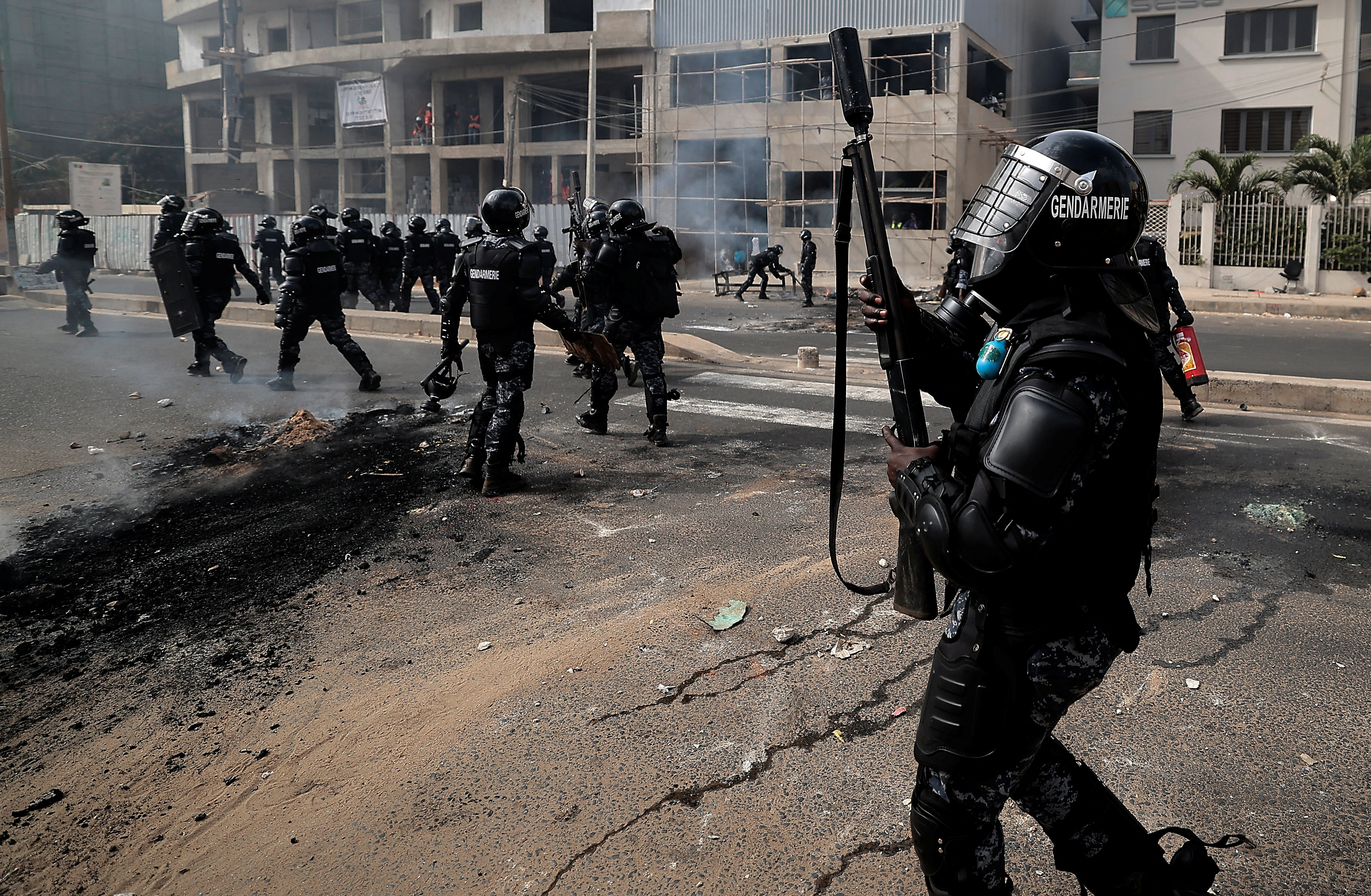JICA Manga! Graphic Comics Tell of Efforts to Solve Global Challenges
JAPANESE INTERNATIONAL COOPERATION AGENCY
March 17, 2023
The world is facing many challenges such as unending conflicts, poverty, and natural disasters. A number of Japanese have been taking on these challenges by putting themselves on the frontlines and working with those affected.
JICA has published a series of books that celebrate these individuals and their accomplishments. Since the first was released in 2010, some 30 titles in the “Project History” series have been published, chronicling the experiences of these men and women and the successful projects they led. Four of these books have now been adapted into manga, Japanese comics, and are available in Japanese and English language versions.
From the seed of one person’s idea
The idea of manga adaptations began in the summer of 2022. JICA staff thought that the reader-friendly manga could convey the importance of Japan's aid to developing nations and JICA's work to a much larger audience. The stories of those working in the field could also be told in a more personal context. The four stories that were selected have themes that vary widely in location and context. These include a railroad development project that has changed the lives of people in India, an IT human resource development project linking Bangladesh to a regional city in Japan, a non-formal education project in Pakistan aiming to expand people's potential by improving literacy rates, and a project supporting Uganda, which is receiving a large number of refugees from neighboring South Sudan.
Each of the highlighted projects originated from the minds of a certain Japanese individual, and all have flourished as successful initiatives. They began with a passion to "aid those in need," and expanded like a ripple, drawing in more and more people as the project reached fruition. The illustrated pages of the manga seem to be a perfect way to let readers vicariously experience how these initiatives ultimately transformed into large waves that impacted society. In each story, the overcoming of obstacles is depicted not only from the viewpoint of the central Japanese protagonists, but also from the local perspective of those in the developing nations.
Thinking about people in developing countries and their lives
The manga series was produced by Suzuki Tomoko of the design company ROOM810 and two manga artist groups, birujiros and uwabami. Suzuki wrote the script, while Saito Yu and Sumita Yoko, both of birujiros, did the illustrations.
Suzuki condensed each of the stories, which originally spanned nearly 200 book pages, into a 30-page manga format. She studied each project and the style of international cooperation it represented through interviews. She also engaged in detailed research, aiming to stay as faithful as possible to the perspectives and beliefs of the local people of each country. “In the stories, there are many situations in which the main characters are puzzled by the actions of the local population,” she said. “But expressing this simply through the lens of Japanese common sense could miss the truth. I always tried to be conscious of the different in values across the world."
Saito discovered some things that could only have been communicated through manga illustrations. “For example, I learned that young Muslim women prefer fashionable hijabs with vibrant colors and patterns, whereas those living in poverty-stricken areas wear subdued colors or, for economic reasons, do not wear hijabs at all,” she said. “Illustrations can easily portray such disparities, and show each country’s culture more clearly.”
Sumita believes that the advantages of manga are their ability to illustrate difficult concepts and visualize complex issues in an easy-to-understand way. “Above all,” she said, “they have the ability to immerse readers in the story by focusing on individual characters. I was primarily responsible for the characters, and as the story progresses, I was careful to have their expressions evolve over time. I hope readers will notice those changes.”
What most resonated with the members of the production team were the emotions of the local people who are portrayed in the stories. “The Japanese individuals who were inspired by the locals turned that inspiration into tangible action. It is a consistent theme across all the stories,” said Suzuki. “We would be happy to see the manga used not only as a resource for learning about developing countries, but to convey the unique qualities of the people who live there.”
Four Specially Selected Stories
India is projected to soon replace China as the country with the largest population. Advancing access to public transportation for the booming population is a formidable task. The Delhi Mass Rapid Transport System Project (widely known as the Delhi Metro) opened in 2002, and the city now boasts one of the world's largest subway networks, surpassing even the Tokyo Metro in size. The key person in this massive national project has been Abe Reiko, the protagonist of this manga. As a civil engineer, she worked on safety measures and human resource development on Delhi Metro construction sites. The manga portrays not only the success of the subway project, but also the life of Abe, who persisted in pursuing her aspirations despite gender bias and prejudice.
Bangladesh has been faced with the challenge of creating job opportunities for its young generation of talented IT professionals, while regional cities in Japan has been struggling with a shortage of digital talent. One project initiated by the members of the Japan Overseas Cooperation Volunteers (JOCVs) in Bangladesh was to introduce a national certification system for IT professionals. It was a catalyst that brought people from these two distant countries together, and eventually paved the way for another initiative that would help young engineers from Bangladesh find work in Japan. These projects, which developed over the course of 14 years, are noteworthy for establishing a new model of international cooperation that directly aligns the needs of both the supporter and the recipient.
Pakistan‘s literacy rate is 60 percent. Many of the country citizens come from impoverished backgrounds. They live in areas with no access to education and are forced to work from a young age. The lack of literacy skills gives these people additional difficulties. The “Non-formal education” project that is the subject of this manga refers to the creation of an environment in which people from all backgrounds can learn through a flexible and diverse education system. It relates the stories of the numerous individuals that were involved in helping to improve literacy rates. It also vividly portrays the stories of those whose lives were changed forever through their ability to read and write, emphasizing the importance of life-long education.
Soon after the country of South Sudan gained its independence in 2011, civil war broke out, causing many refugees to flee to neighboring Uganda. The areas where the evacuees took refuge, however, were underdeveloped, and the local residents also needed assistance. Although refugee assistance is not a part of the kinds of development cooperation that make up JICA’s primary task, the protagonists in this manga took action during this prolonged conflict, believing in a unique kind of cooperation that only JICA could offer. As the number of refugees and displaced people continues to increase around the world, this story inspires readers to reflect on their support for and coexistence with refugees.
All of the manga are available on the JICA website, and are distributed free of charge at JICA offices throughout Japan and at JICA Global Plaza in Tokyo. Two more works will be published soon.
